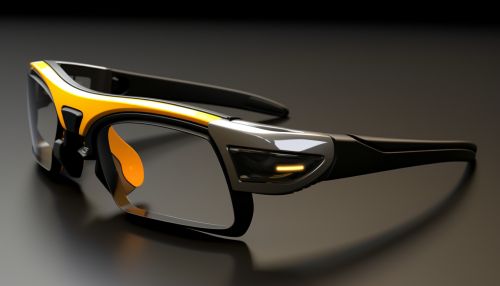Future of Augmented Reality
Overview
Augmented reality (AR) is a technology that overlays digital information on the real world, enhancing what we see, hear, and feel. It has been used in various fields, from gaming and entertainment to education and healthcare. The future of augmented reality is a topic of significant interest, as advancements in technology continue to push the boundaries of what is possible.
Technological Advancements
The future of augmented reality is largely dependent on technological advancements. These advancements include improvements in computer processing, artificial intelligence (AI), and cloud computing, among others.


For instance, faster and more efficient processors allow for more complex AR experiences. AI, on the other hand, can be used to create more realistic and interactive AR content. Cloud computing, meanwhile, can provide the necessary storage and computing power for AR applications that require significant resources.
Potential Applications
The potential applications of AR in the future are vast. In the healthcare sector, for example, AR could be used to provide real-time information to surgeons during operations. In education, AR could be used to create interactive learning experiences that increase student engagement and understanding.
In the business sector, AR could be used for training, product demonstrations, and virtual meetings. In the entertainment industry, AR could be used to create immersive experiences that blur the line between the virtual and the real world.
Challenges and Limitations
Despite the potential of AR, there are several challenges and limitations that need to be overcome. These include technical issues, such as the need for more powerful hardware and software, and social issues, such as privacy concerns and the potential for misuse.
Technical challenges include the need for more accurate and reliable tracking and recognition technologies, as well as the need for more efficient rendering techniques. Social challenges, on the other hand, include the need to address privacy concerns and to ensure that AR technology is used responsibly.
Conclusion
The future of augmented reality is promising, with numerous potential applications and significant technological advancements on the horizon. However, there are also several challenges and limitations that need to be addressed. Despite these challenges, the potential of AR to transform various sectors and improve our daily lives is undeniable.
